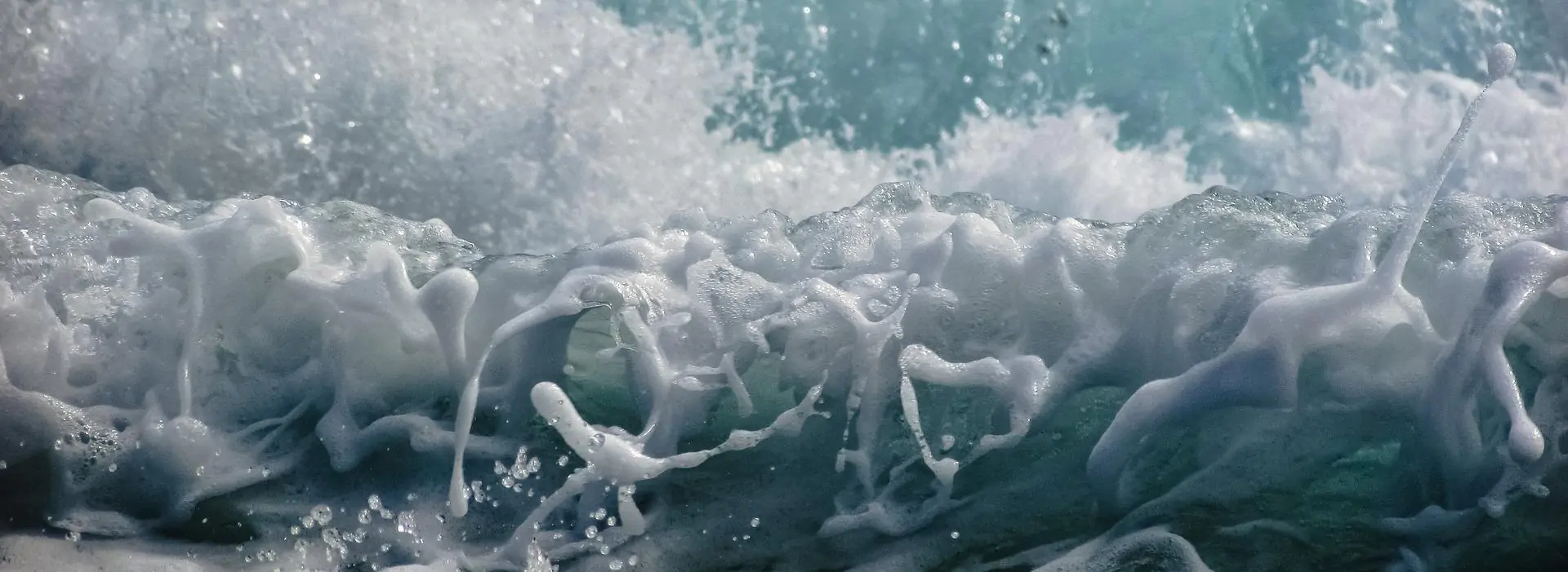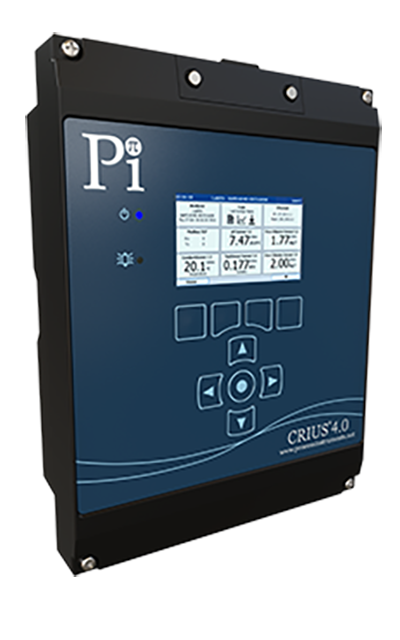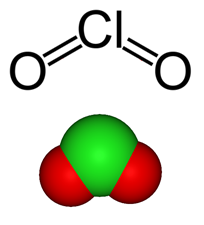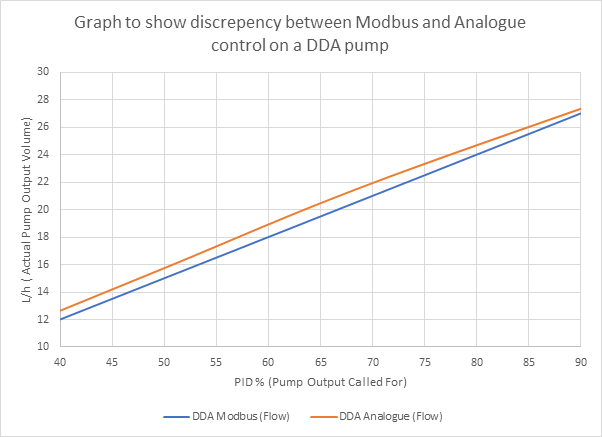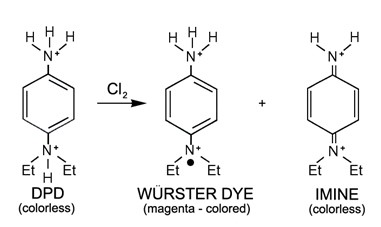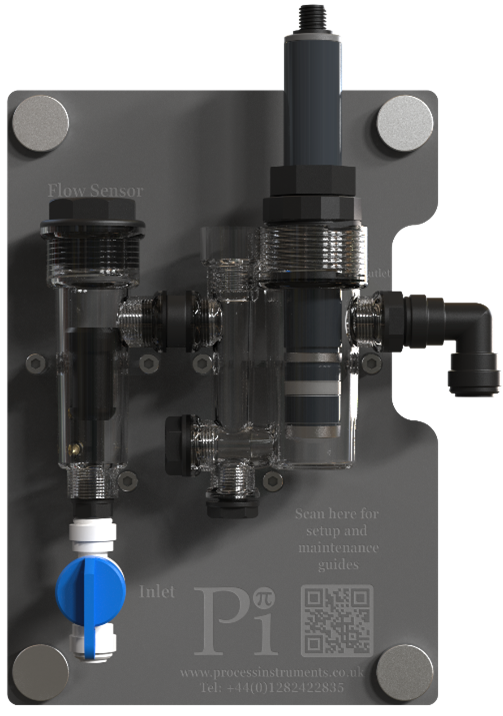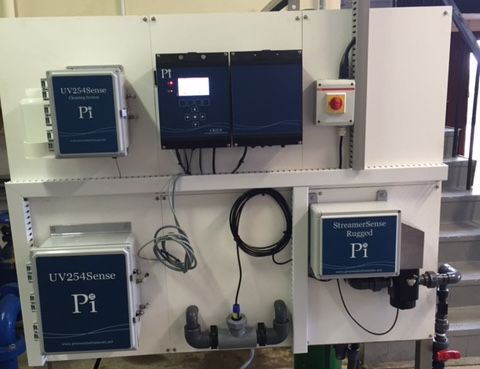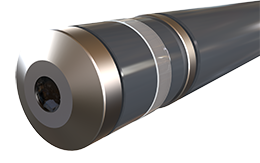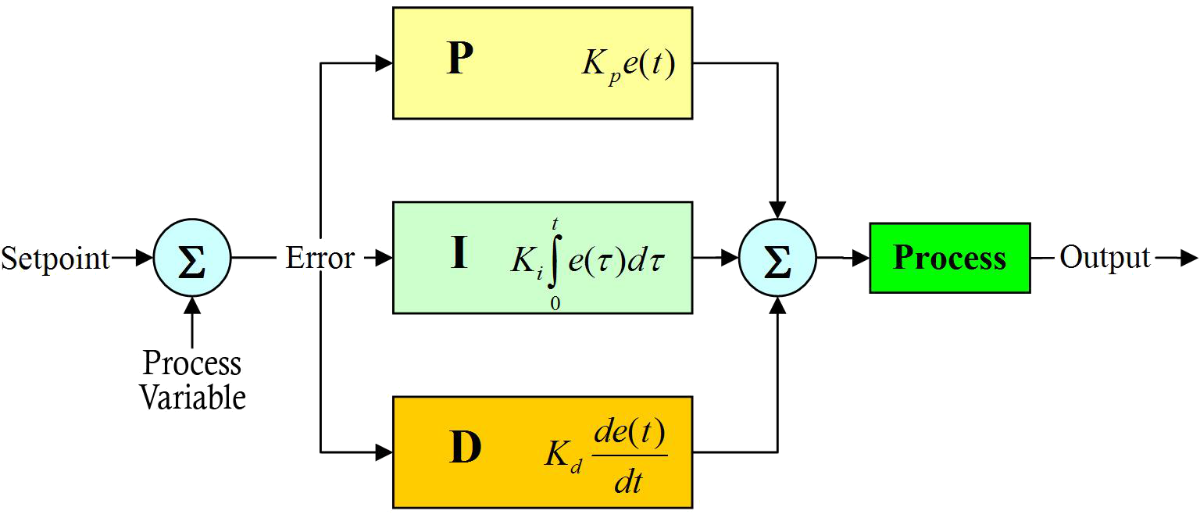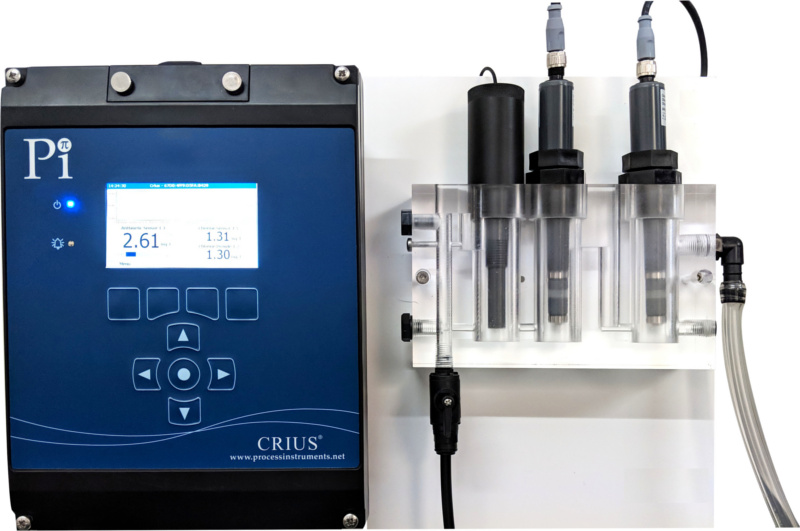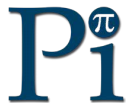CRIUS®4.0, Water 4.0, Industry 4.0, IoT, SMART and DIGITAL
CRIUS®4.0, Water 4.0, Industry 4.0, IoT, SMART and DIGITAL You’ve probably heard the phrases ‘Water 4.0’, ‘Industry 4.0’, ‘Internet of Things’ and ‘SMART and DIGITAL’ but did you know that… …Pi’s CRIUS®4.0 controller was launched with a new remote access platform (the first controller in the world to use MQTT)? …Pi already has SMART and…
Read morePOSTED BY
admin
Chlorine Dioxide Measurements – A Technology Review
Chlorine Dioxide Measurements – A Technology Review When discussing the disinfection of water, the use of chlorine (hypochlorite) will usually be one of the first topics discussed, however, did you know that… …Pi provides the technology for the dosing, measurement, and control of an array of other disinfectants including hydrogen peroxide, peracetic acid and chlorine…
Read morePOSTED BY
admin
Analyzer to Pump – how controllers can interact with and control pumps
Analyzer to Pump – how controllers can interact with and control pumps Pumps are almost ubiquitous in water processes; whether the pump is the main driver for water flow, is dosing chemicals, or is moving water around a sample line, there is (nearly) always a pump somewhere in the process. Often there are multiple pumps…
Read morePOSTED BY
admin
Potential Savings when Choosing Amperometric Chlorine Measurements over online DPD
For many years, online DPD measurement of free chlorine has been seen as the most reliable, and best, way to ensure an accurate measurement of free chlorine in water. However, over the past 20 years, huge advances have been made in amperometric measurements with little or no advancements made in DPD measurement technology, so is…
Read morePOSTED BY
admin
Using Open Flow Cells with Membraned Sensors
Membraned sensors come with many advantages over non-membraned sensors such as higher resolutions, fewer interferents and a greatly reduced effect of flow rate changes. These advantages can make a huge difference to the bottom line, particularly if the cost of the chemical being dosed is quite high. For free chlorine sensors, using a membrane can…
Read morePOSTED BY
admin
Multi-Parameter Systems
Process Instruments supply CRIUS®4.0 and CRONOS® controllers with sensors for many single parameter systems like chlorine and pH but did you know that… …Pi’s CRIUS®4.0 and CRONOS® controllers both allow the connection of multiple sensors? …Pi’s multi-parameter systems can save you space onsite, are easy to use and have a number of communications options available?…
Read morePOSTED BY
admin
Seawater Chlorination
Did you know that… …when you dose chlorine into seawater it is bromine that does the disinfection? …DPD 1 measures free chlorine or total bromine and not free bromine? The chemistry of the chlorination of seawater is more complex than many people realize and, although the measurement of chlorine residuals is possible in seawater (and…
Read morePOSTED BY
admin
PID Auto-Tune – why it might not work for water processes
Process Instruments (Pi) are increasingly seeing water engineers and technicians relying on their PLC’s PID auto-tune feature. Many are becoming frustrated that the auto-tuners are unreliable when it comes to water processes. Sometimes the auto-tuned PID settings work, but then something changes in the process and the PID control no longer functions correctly. In this…
Read morePOSTED BY
admin
Measuring Free Chlorine in the presence of Chlorine Dioxide
Measuring free chlorine and chlorine dioxide independently of each other is quite a challenge, given their chemical similarities. Many sensors struggle to differentiate between the two measurands, but did you know that… …many chlorine probes suffer from interference in the presence of chlorine dioxide? …DPD1 will read both chlorine and chlorine dioxide? …you can have…
Read morePOSTED BY
admin
ORP for the Removal of Residual Chlorine using Sodium Bisulphite (or other reducing chemicals)
Chlorine is often removed from a process and there are a number of potential reasons why. Chlorine might damage an RO membrane or turn food brown in an unsightly manner. Chlorine removal presents several challenges to instrumentation manufacturers and engineers, but did you know that… …ORP can effectively control sodium bisulphite dosing to remove chlorine?…
Read morePOSTED BY

